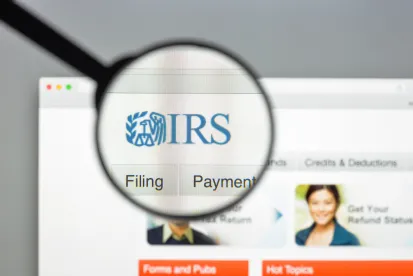Last week, the Internal Revenue Service issued a polite notice (IR-2021-186) to employers and tax practitioners, as part of National Small Business Week, “to remind… business owners to correctly identify workers as employees or independent contractors.” As usual, the IRS advanced its three-factor worker classification test as opposed to the well-established 20-factor test long endorsed by the U.S. Supreme Court on down to many states, including Alabama. The latter test, also known as the “common law test,” sometimes yields a different result than the IRS’s much more pro-employee test, which has yet to be officially endorsed by any appellate court (to our knowledge).
To refresh our readers’ memories, the relatively new, and some might say biased, test offers these “categories to examine”:
-
Behavioral Control - Does the company control or have the right to control what the worker does and how the worker does the job?
-
Financial Control - Does the business direct or control the financial and business aspects of the worker’s job? Are the business aspects of the worker’s job controlled by the payer? Examples given are how the worker is paid, if expenses are reimbursed, and who provides the tools/supplies.
-
Relationship of the Parties - Are there written contracts or employee-type benefits (i.e., pension plan, insurance, vacation pay, etc.)? Will the relationship continue and is the work performed a key aspect of the business?
We remind employers that a worker classification challenge can arise in a variety of ways, including the filing of a Form SS-8 or Form 8919 by the putative employee with the IRS, giving that person’s self-serving description of the (usually former) working relationship. THAT in turn generates an inquiry from the IRS to the alleged employer. Similarly, the filing of a claim for unemployment benefits, listing the worker’s former “employer,” often generates this type of investigation. The amount claimed may be relatively small, so the client may prefer to pay that assessment just to “make it go away.” We warn them, however, that federal and state agencies are increasingly sharing information about these claims, so admitting liability by paying a relatively small claim may open the business up to audits or investigations by other state or federal agencies, with much larger dollars at stake.
We call this the “four box matrix,” which consists of the U.S. Department of Labor, the IRS, the state departments of labor, and state departments of revenue. Unfortunately, the U.S. Department of Labor and some states utilize one or more tests that are decidedly more likely to find an employment relationship than the 20-factor test would.
Increasingly, we are defending our clients in audits or investigations caused by an anonymous whistleblower’s complaint, and those may be conducted by any of the four agencies mentioned above -- although usually by the IRS or U.S. Department of Labor. In more and more instances, the putative employer receives a demand letter from a plaintiff’s attorney representing one or two former workers who demand a large sum of money for his or her client or they threaten to convert the claim into a collective or class action suit and notify the U.S. and state departments of labor.
Our highest and most cost-effective use is on the front end. Under the protection of the attorney-client privilege, we assist our clients in reviewing their employment policies, the make-up of their existing workforce, independent contractor agreements, recent unemployment comp claims, and the like, with the goal of either solidifying the IC relationship, if needed, or converting the worker(s) to employee status under a favorable voluntary compliance program offered by the IRS.





 />i
/>i
